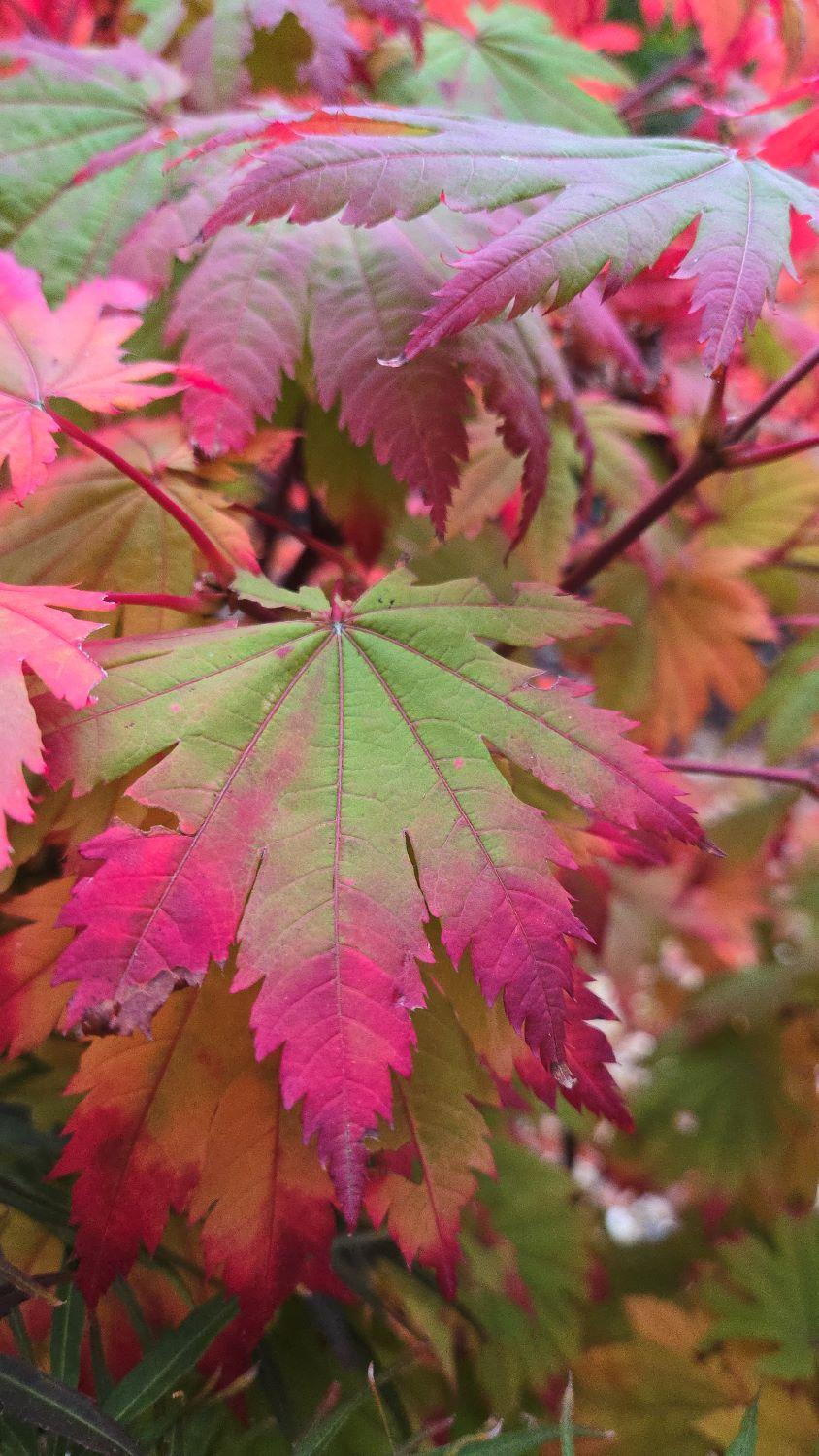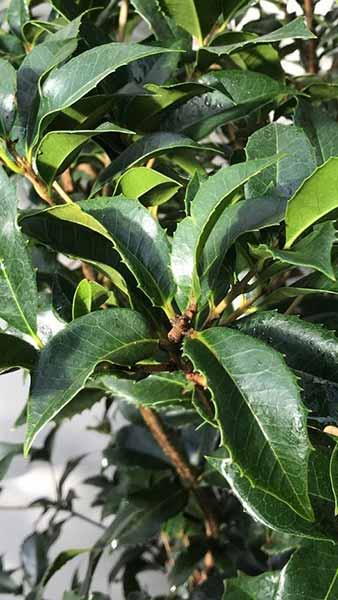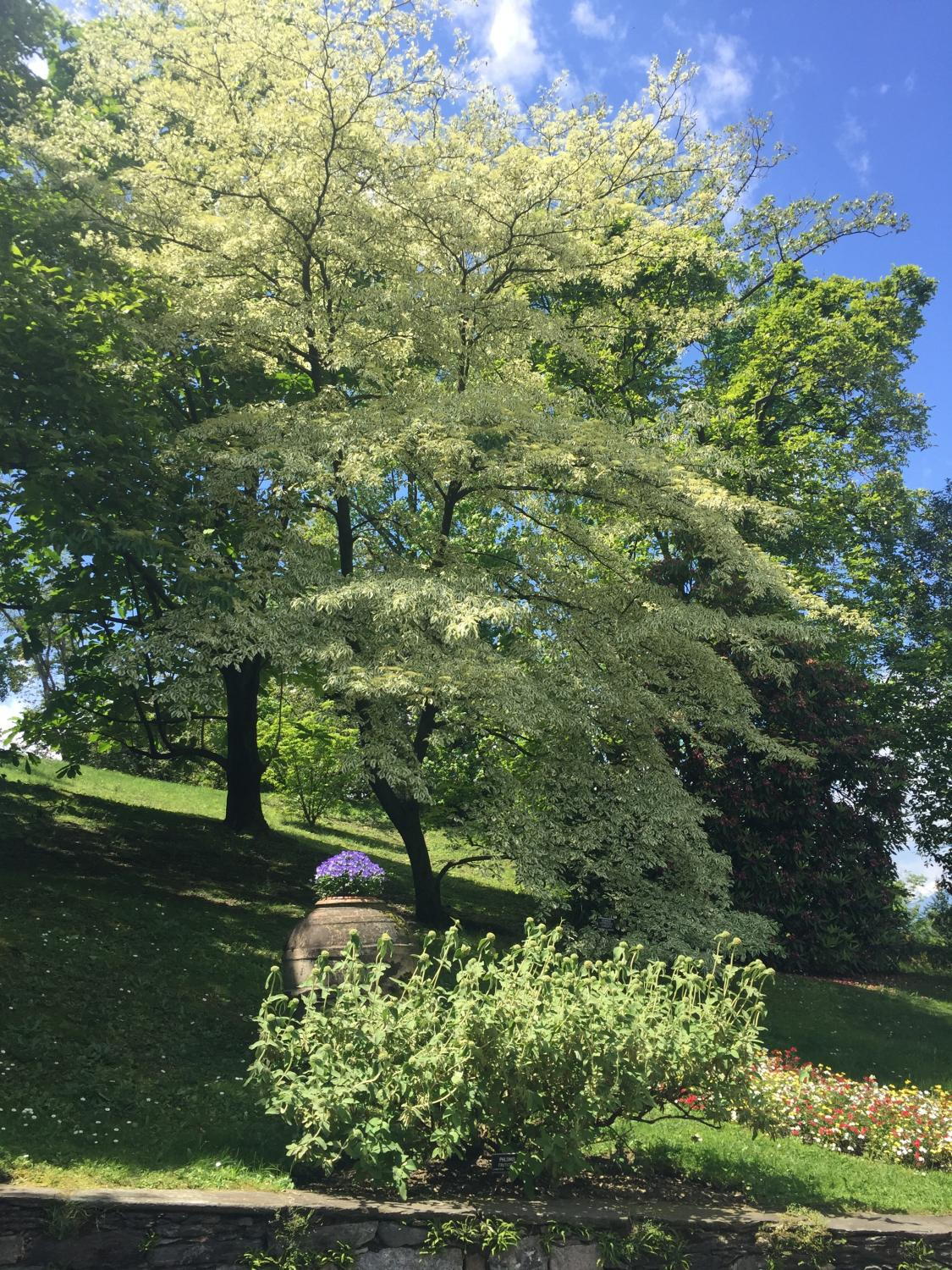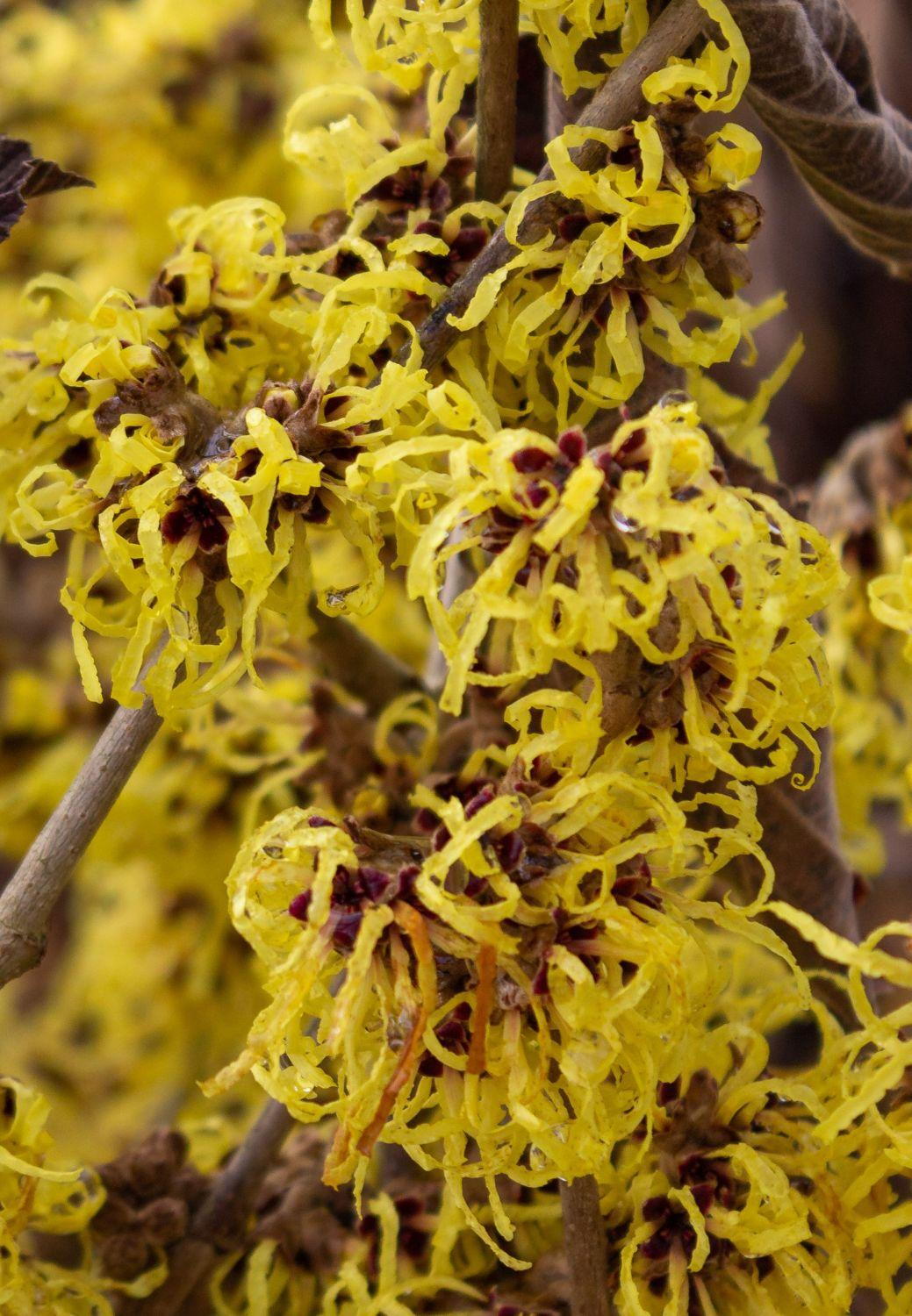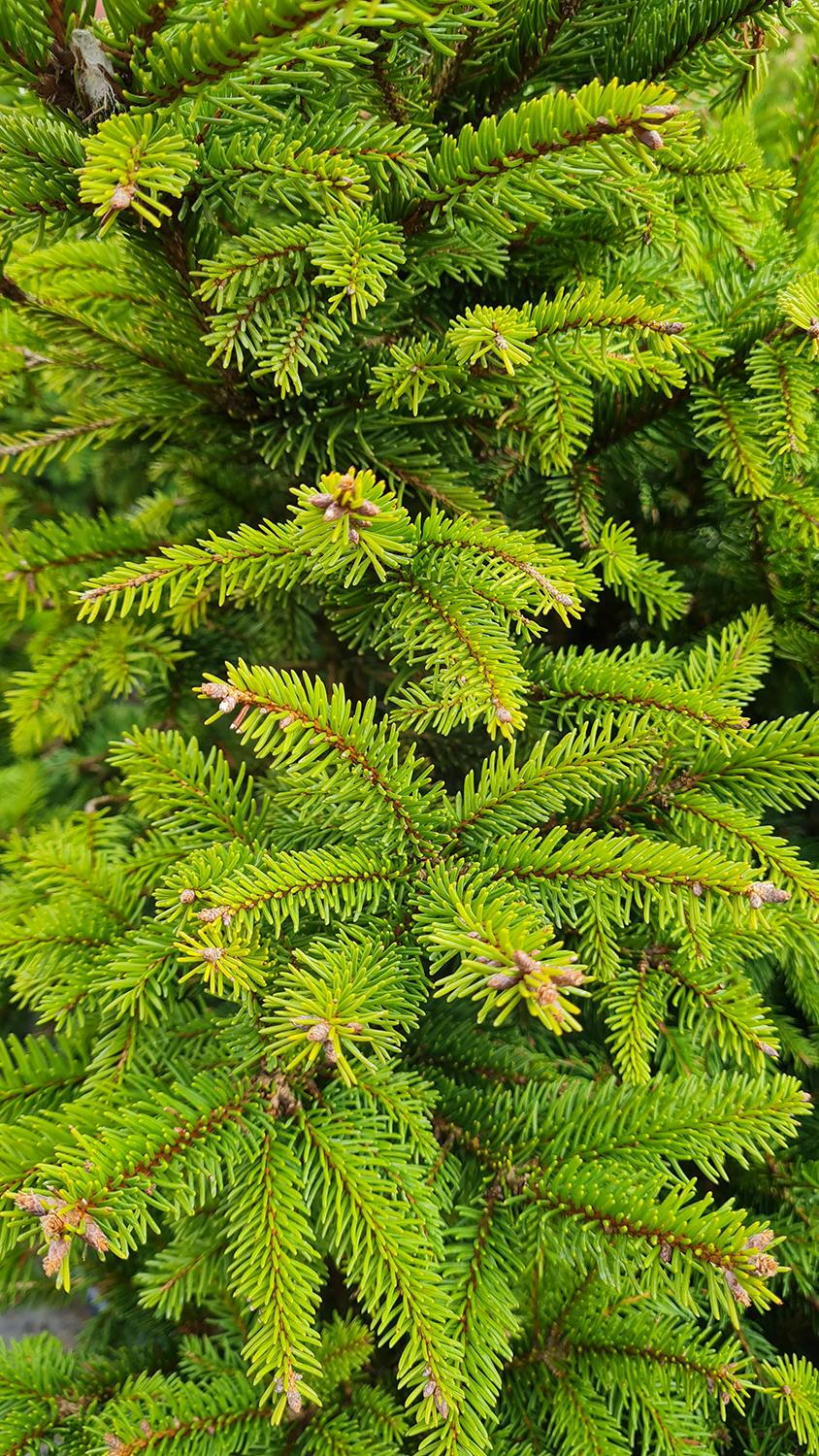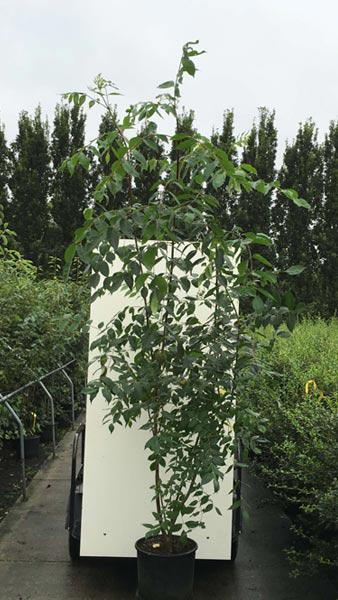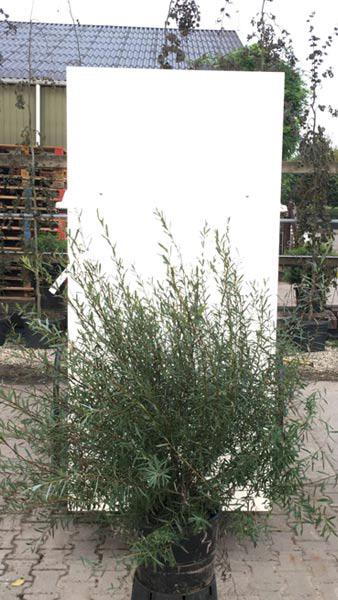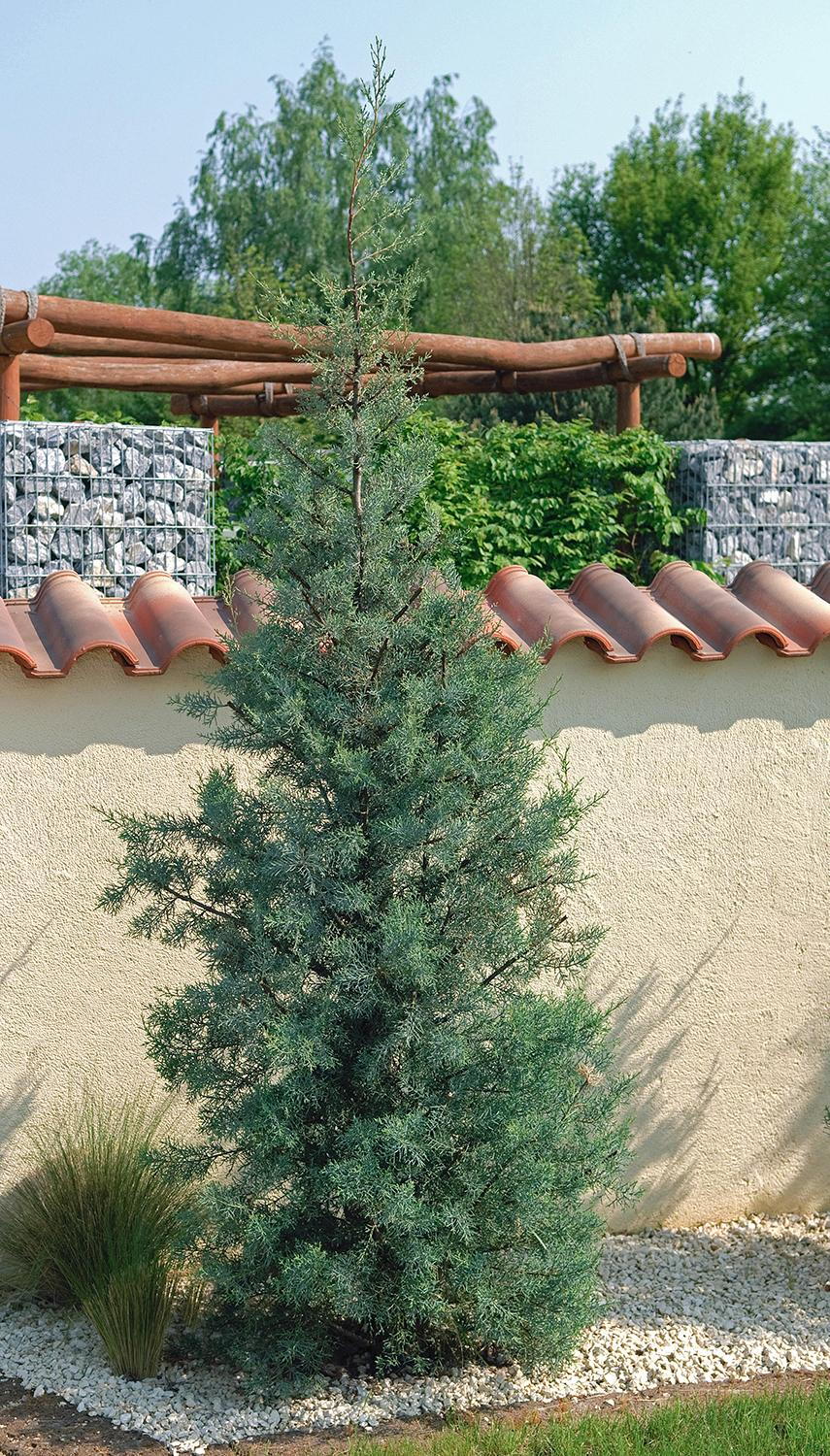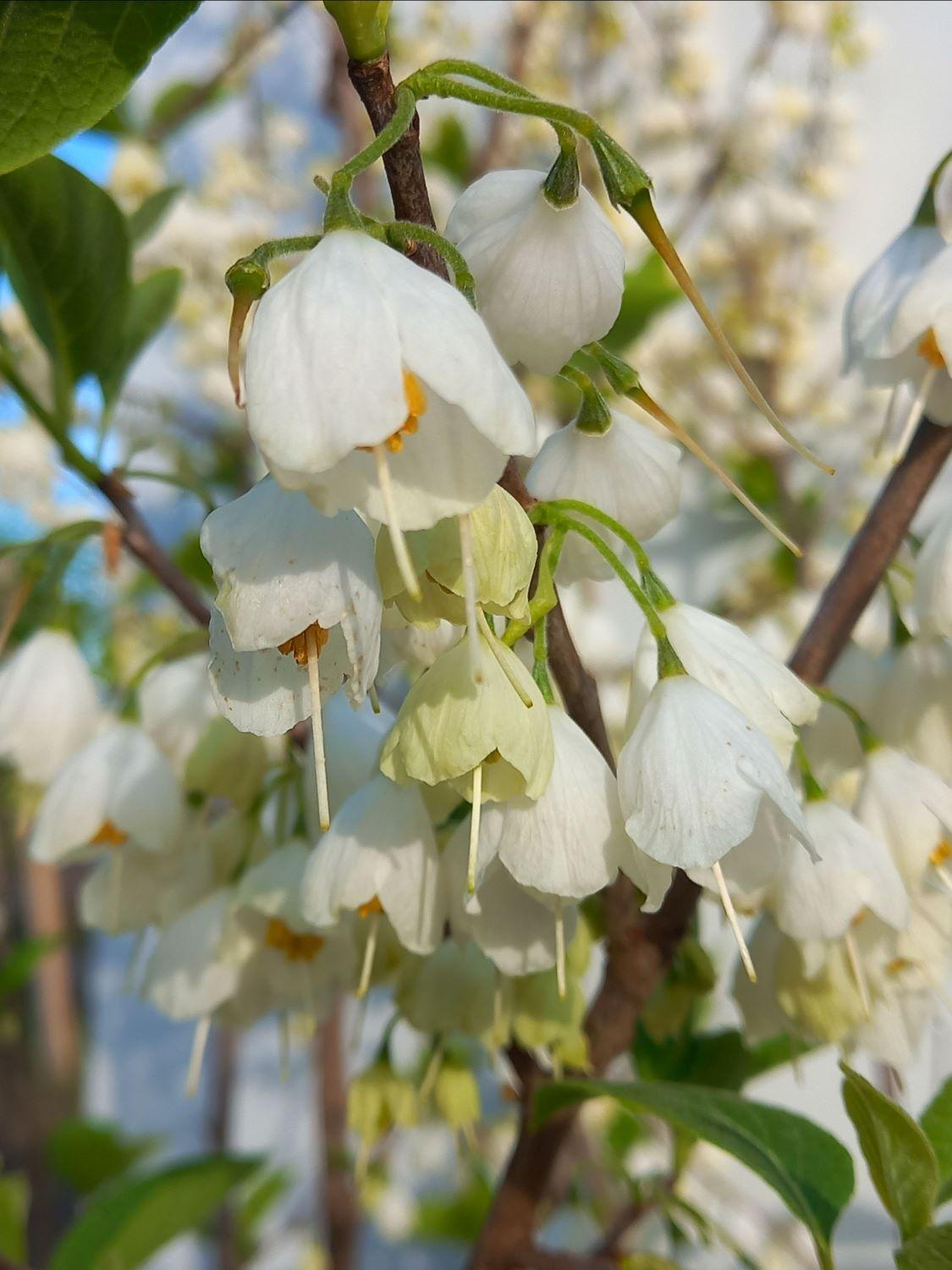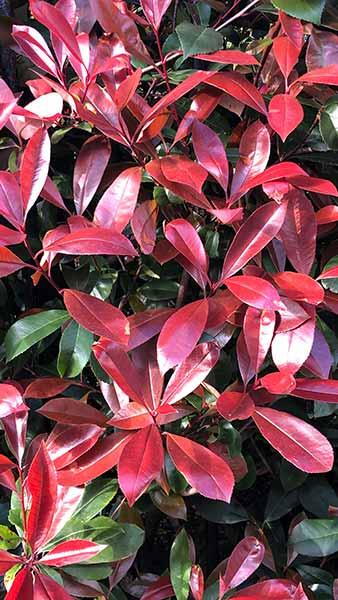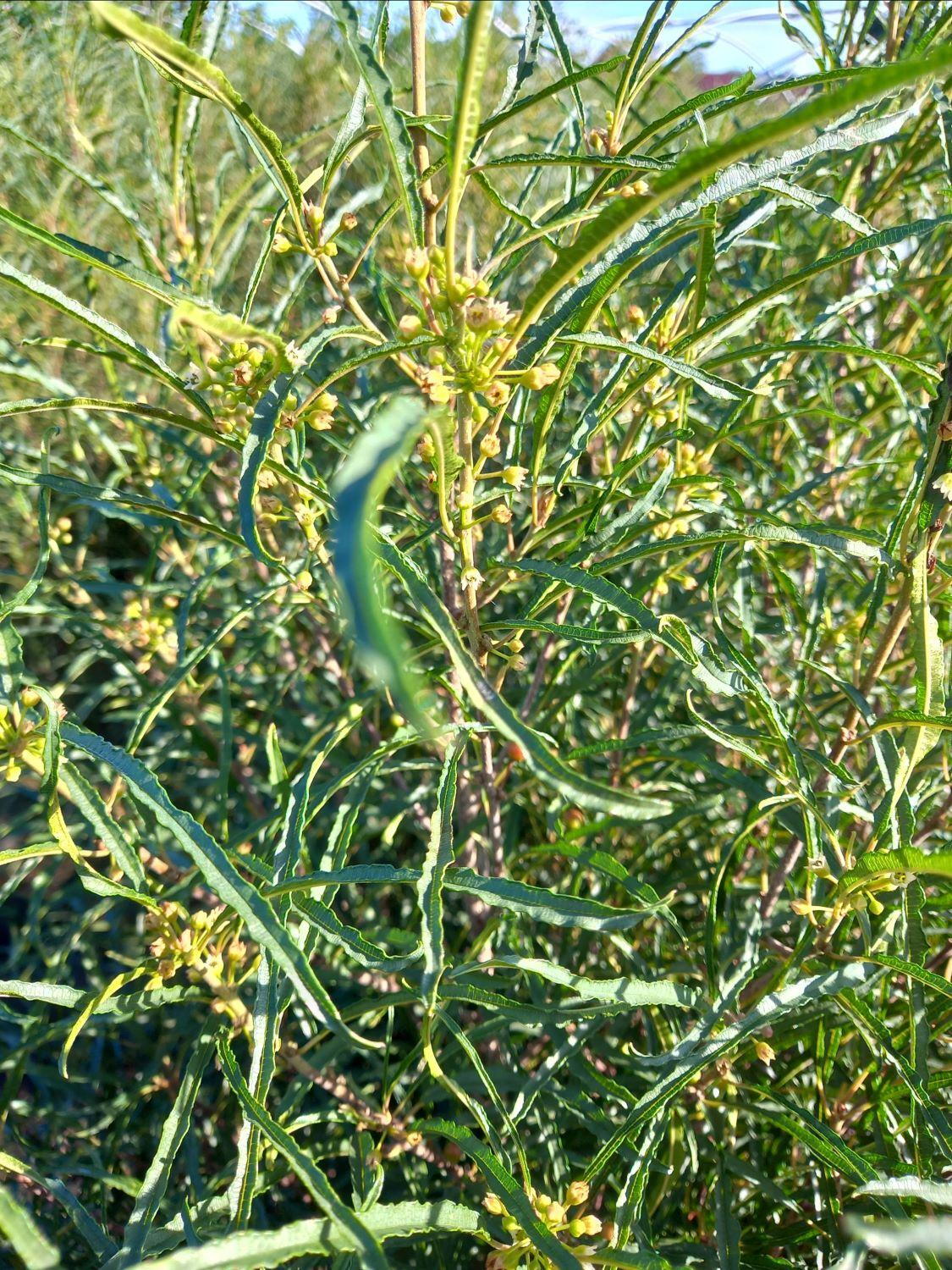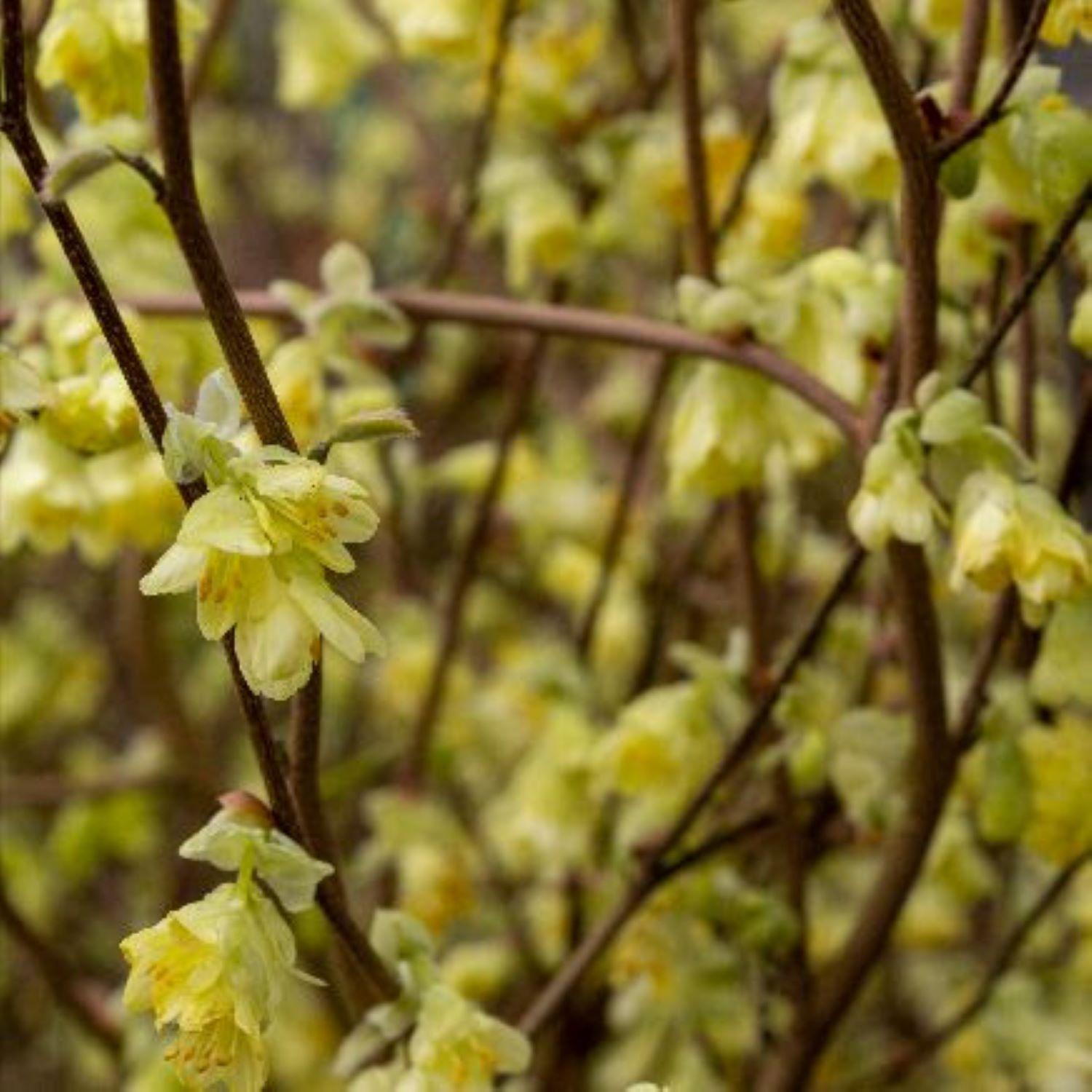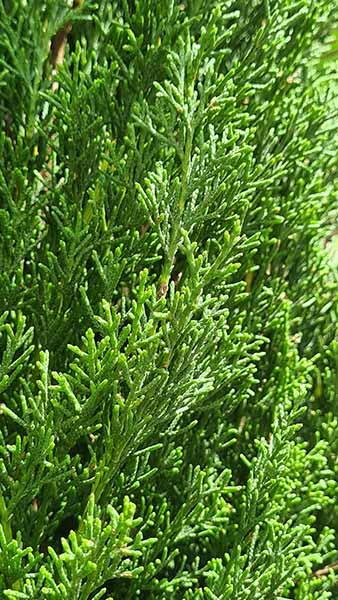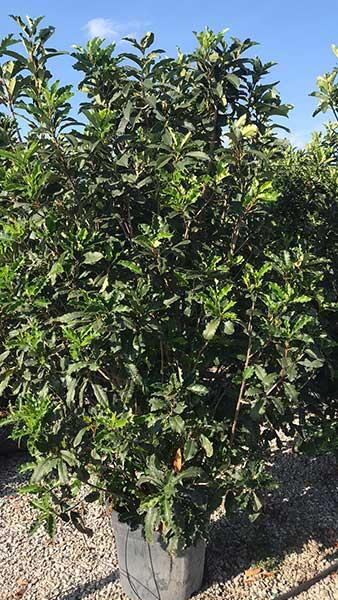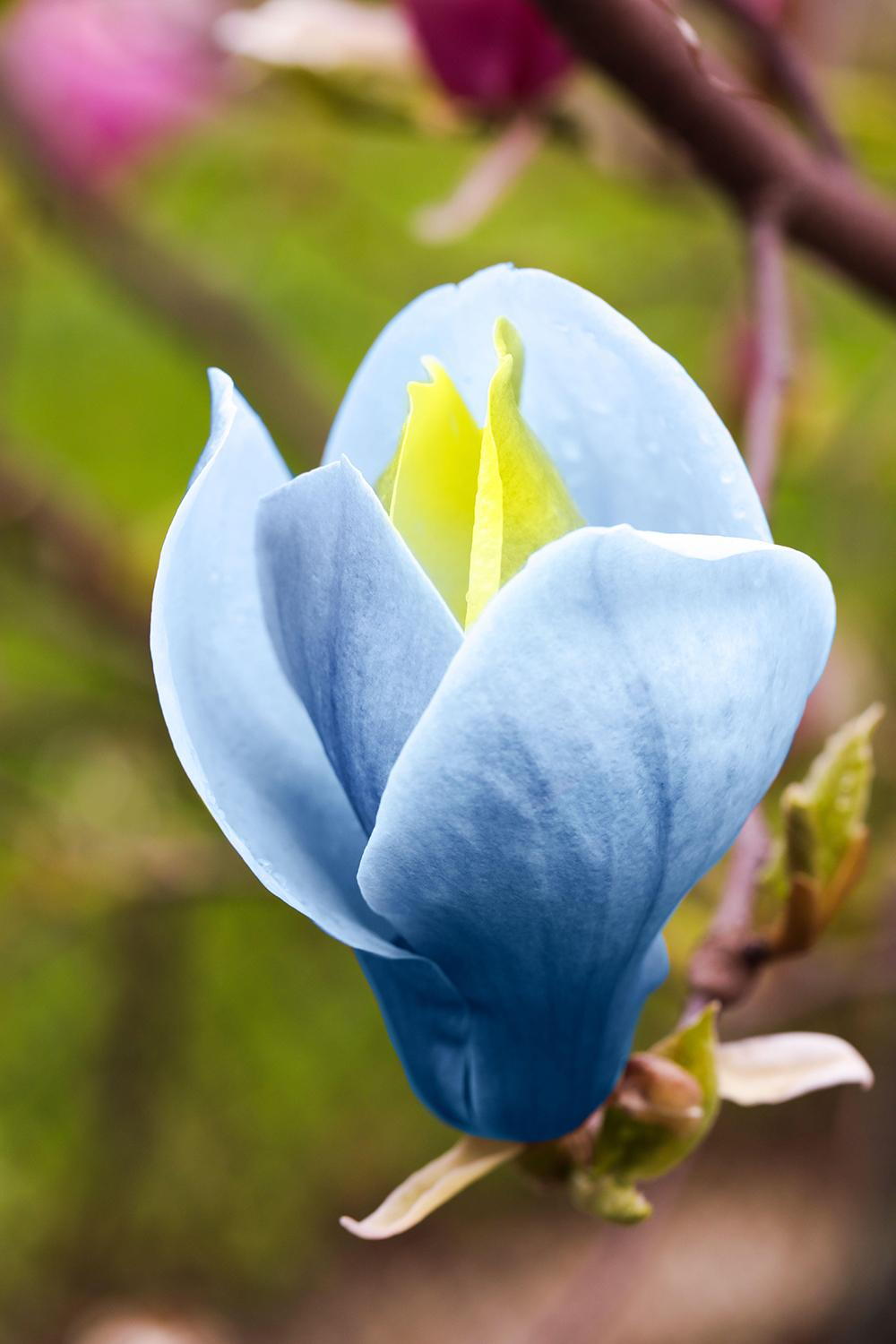Tetradium Daniellii. Bee Bee Tree. Korean Evodia Tree
Tetradium daniellii or, as it is more commonly known, the Bee Bee Tree and also the Korean Evodia Tree, is a compact small to midsized deciduous tree treasured for its attractive looks and undemanding nature. Interesting foliage and decorative, umbrella-like habit make this plant ideally suited for a specimen tree.The foliage is glossy, dark green, consisting of pinnately arranged, large leaves that can be up to 40 centimetres long. Each leaf is composed of up to 11 ovate leaflets. In the autumn, the foliage turns to various shades of yellow and russet tones. Late in the summer, the Bee Bee Tree is engulfed in clusters of miniature white flowers, borne in flattened corymbs. The blossoms are quite aromatic and have a pleasant scent which attracts beneficial pollinators. The flowers may be followed by small, reddish fruit (seed pods).Tolerant and adaptable, Tetradium daniellii can be successfully grown in most soils, as long as they are well-drained, in full sun to dappled shade. Considered disease and pest free, this cultivar is virtually indestructible. Not only that this ornamental tree does not require any special treatment to thrive, it also needs no pruning to keep its shape. Routine removal of any damaged or dead growth will keep this cultivar healthy and great-looking.Considered to be a small to mid-sized cultivar, Bee Bee Tree is suitable for both small and large gardens. Long-lived and with a slow growth rate, this deciduous tree can grow to be over 12 metres long, and up to 4 to 8 metres wide, when fully mature.Fully hardy in the United Kingdom, this stunning tree will survive even if the temperatures drop to 20 degrees below zero. Although it will not be bothered by frost, this cultivar appreciates a sheltered location in the garden, away from harsh winds.Easy to grow and to care for, Tetradium daniellii is an ideal choice for a low-maintenance specimen tree. Even though its highly-decorative foliage and profuse display of fragranced blossoms make it a great candidate to be grown as a focus of interest in the garden, this cultivar will feel at home in a mixed shrub border as well. Plant it alongside globose evergreen shrubs to accentuate its umbrella-like habit.Make sure to take a look at more showy deciduous varieties we offer, such as Acer Capillipes Snake Bark Maple, Abeliophyllum Distichum White Forsythia or Albizia julibrissin Ombrella Tree. You might also be interested in our large collection of trees, including ornamental trees, mature specimens, and unique cloud trees.
